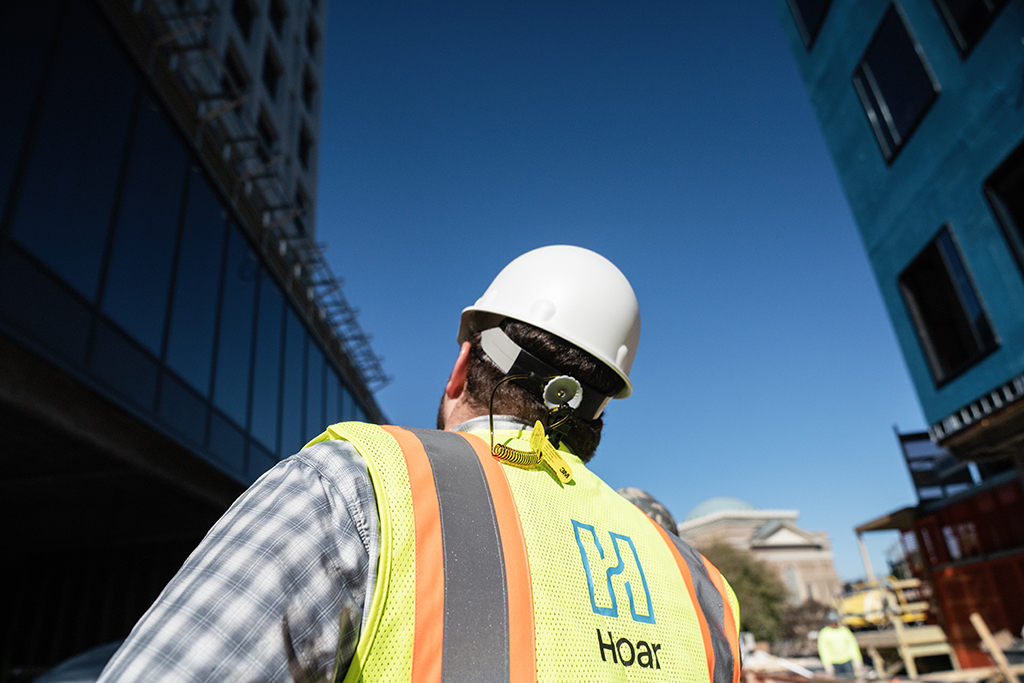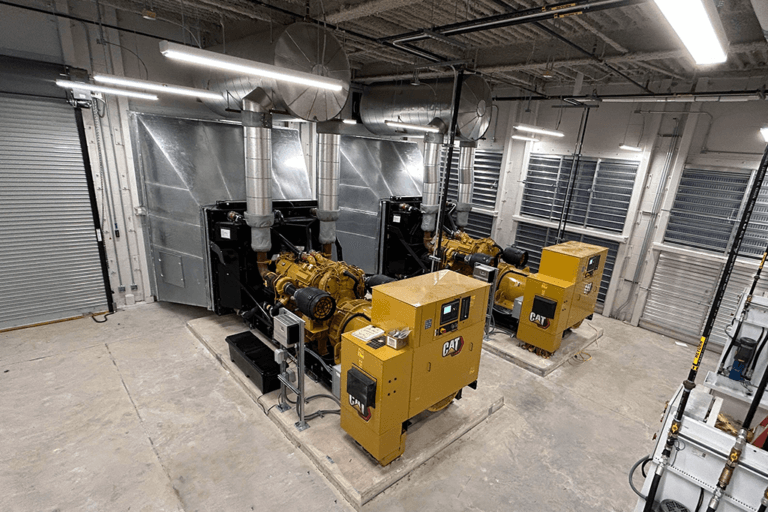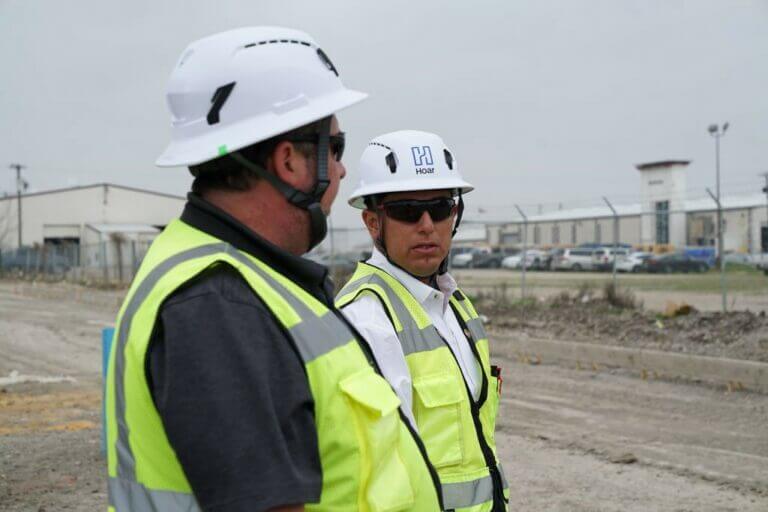
At the beginning of the year, we shared a future outlook for our industry based on conditions at the time. It was clear then the supply chain would have a major impact on projects across all market sectors. That’s definitely held true. In addition, we experienced spikes in the cost of a variety of construction materials — from lumber to steel. We’ve seen some of those materials drop in price while new ones have shot up and become hard to find. So, as we’re halfway through 2021, I wanted to take a moment to address the current state of our industry and some of the factors impacting current and future projects.
Volatile Materials
In June, the price of lumber dropped to its lowest level since January after reaching an all-time high price of almost $1,700 just the month before. The good news here is the demand for lumber is finally getting some relief as lumber suppliers and sawmills have made a concerted effort to increase production. These facts and the latest numbers suggest the lumber bubble has burst.
That’s great news for developers or builders who rely on lumber for their projects. But lumber is just one of many materials and commodities that experienced price hikes and supply shortages in the past year. The price of steel skyrocketed to historically high prices in May and although those prices fell a little later in the month, they’re already trending back upwards. We’re also still seeing long lead times with steel as well.
In addition, we’re seeing new materials become volatile causing delays and increased construction costs. Right now, we’re having a very hard time getting roofing and insulation materials delivered. Our Preconstruction experts were recently quoted a delivery wait time of six months for roofing materials. Metal studs are also impacting schedules due to supply chain delays.
Overcoming the Unpredictable
Although our industry has experienced volatile materials and supply chain issues pre-pandemic, currently it seems like every week a new material is hard to get or has shot up in cost. We can’t predict what will be impacted next, but we can take measures to protect projects from the unpredictable. The key is engaging your contractor early, at the same time you hire your design team. We preach early contractor involvement a lot, because it’s the best way to create certainty in uncertain times. On a current design-build project, our preconstruction team was able to work with the design team to ask them to release the structural and roof package early so that we could bid the packages, lock in the prices, and secure the materials now. Our team saw the supply chain delays and initial cost increases and was able to react, protecting our client’s schedule and budget from potential significant impacts.
Labor Shortage
The labor shortage continues to plague our industry, both pre- and post-COVID. In today’s environment where there is a higher demand for subcontractors/laborers than supply, one of the biggest challenges we’ve faced is ensuring we do the appropriate due diligence when selecting a trade partner. Not being able to secure labor can threaten a project’s schedule and success, but hiring the wrong team is as great, if not greater, of a risk. It’s up to general contractors to thoroughly vet and truly understand a company’s capacity, where do they source their materials, how do they build their workforce. All these factors impact a builder’s ability to make and manage a schedule and budget that is reliable for clients.
Modular Boost
One trend that is helping to combat some labor shortage issues is modular and prefabrication, which we’ve seen continue to become more and more popular. When the scope of a project allows for things like modular bathroom pods and prefabricated exterior skins to be cost effective, they can solve a number of challenges. Labor and project delivery pressures are eased with modular elements all coming from one source and less man-hours needed for installation. We’ve especially seen our healthcare clients embrace this building method, with great success.
Big Picture
We’ve returned to some sense of normalcy in our work and personal lives. Many of our offices are back at full capacity. We’re able to meet in person and socialize again. But the pandemic continues to create deep impacts in our industry — especially in regard to supply chains and the cost of materials. We’ve seen steel, lumber, appliances, glass, metal studs, and now roofing materials rise in cost and become scarce, hard to find commodities. Our industry has proven to be adaptive and resilient, continuing to stay active despite these volatile conditions. The single best way I’ve seen to overcome the ongoing unpredictable impacts from the pandemic is early contractor and architect partnerships. Engage your project and design teams to work together to protect your projects form major delays and inflated budgets.

